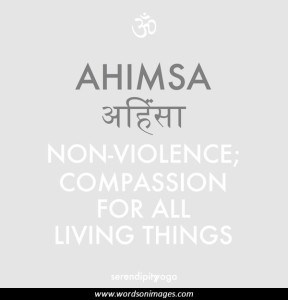Stock trading: Is Short Interest Ratio (days to cover) no longer a useful indicator for short selling?
My answer to Stock trading: Is Short Interest Ratio (days to cover) no longer a useful indicator for short selling?
Answer by Laurent Bernut:
This ratio gives the illusion of usefulness. There are two variables here: volume and utilization. Volume tends to dry up in down markets but picks up in climaxes. So, number can improve as everyone else sells !
I actually built something akin to days to cover back in 2005, before it was even popular as Short Interest ratio. I thought back then it was slicker than shorting fee, which was a lagging indicator. I then realised the paradox of a declining number in a selling frenzy.
Market cap bias
Another distortion came from the market cap bias. Small caps are apparently hard to short because of liquidity constraints. Yet, older listings sometimes have surprisingly high percentage of borrow available. This means if You can sit through the volatility (I can’t personally), You may have a chance.
On the end of the spectrum are large caps with complex capital structures. They are liquid but hard to short.
Example: big institutions have complex capital structures and can be heavily shorted by all sorts of participants such as fixed income arbs, L/S, P/E mezzanine holders etc. They can be heavily shorted while having 0.1 days to cover. So, You can’t source the borrow or find it usury and poor quality while having the illusion of liquidity.
Borrow utilisation: clean and simple
I then moved on to something simpler, robust and unambiguous: short utilisation.
Short utilisation = Shares borrowed / Shares available for borrow
This has one variable. It unequivocally says if it is already heavily shorted. As a general rule of thumb, i cover my positions when utilisation exceeds 55%.
This is standard risk management procedure for two reasons:
- Limited reward to risk: beyond 2/3, it is fair to assume that bad news is old news. So, outcome is binary: either collapse or increased risk for minimal reward
- Cost: Short selling is a costly sport. The more heavily shorted, the more expensive it quickly gets.
- Short squeeze frequency: there are not many buyers of heavily shorted stocks. So, any bit of buying pressure can snowball into a short squeeze. It may not trigger my stop loss initially, but enough amateurs flushed out and it could eventually
Chain reaction, bad borrow, cost, limited downside, so why bother ?
Complexity is a form of laziness:
As with all indicators, work the math backward so as to understand what it is supposed to measure. In the case of “days to cover”, it is an imperfect view on short liquidation. It encourages a behavior to take small positions so as to avoid liquidity traps. It does not deter from taking positions however. Short ratio “days to cover” is a imperfect mathematical answer to a valid question: “if i short this stock, do i run the risk of not being able to cover in case of a squeeze ?”
Gandhi said that ahimsa non-violence is not avoidance of violence, it is avoidance of conditions that could lead to violence.
Do not short stocks that are illiquid or prone to frequent short squeezes, and You will worry less about being stranded.
Conclusion
So, You are better off staying away from heavily short stocks altogether, which is recaptured in borrow utilisation.


Leave a Reply
Want to join the discussion?Feel free to contribute!